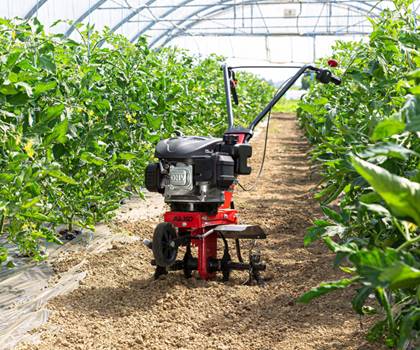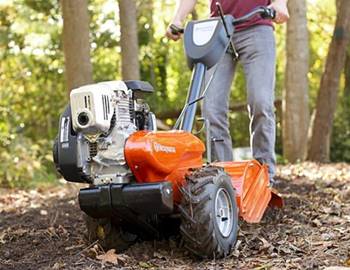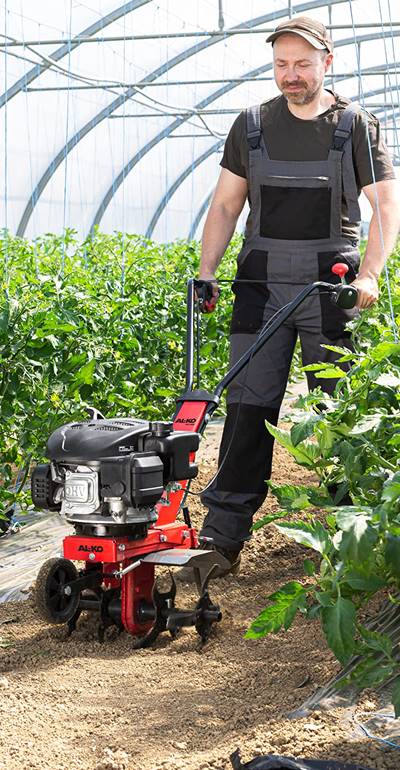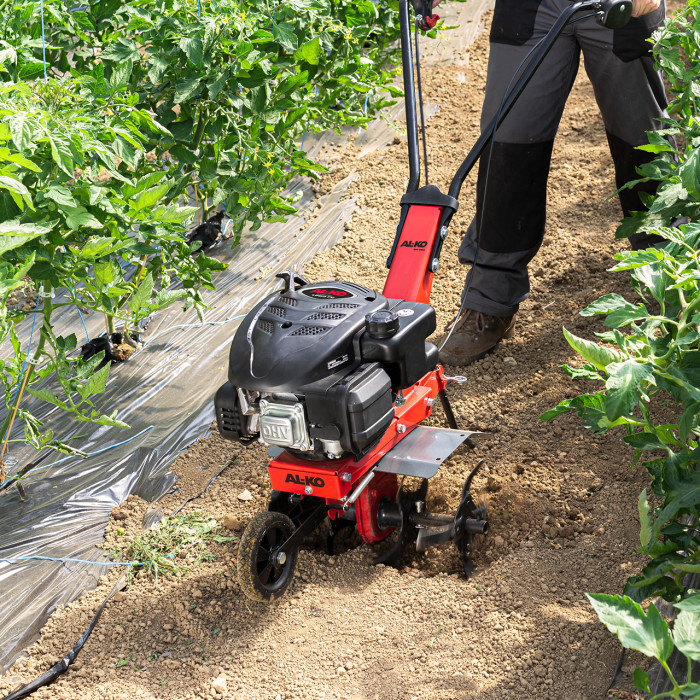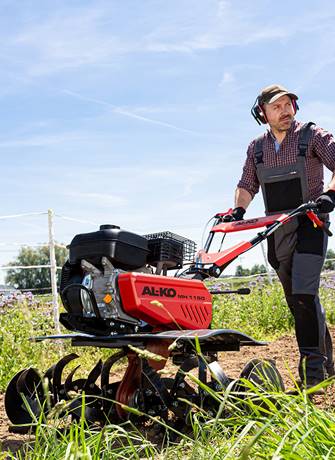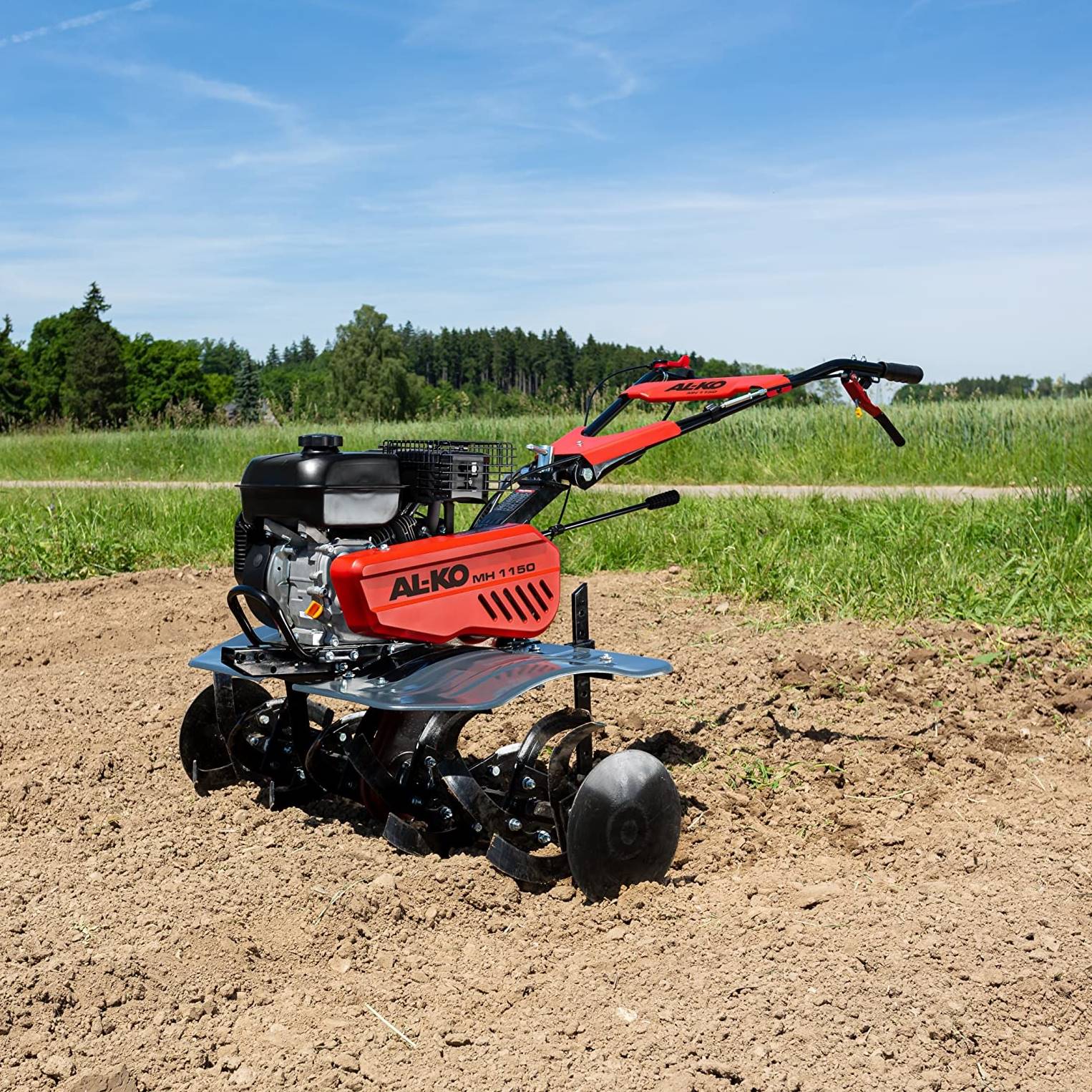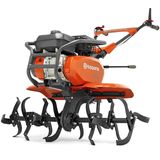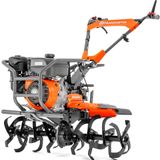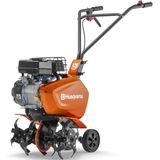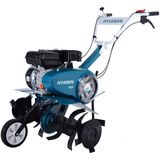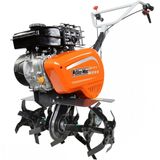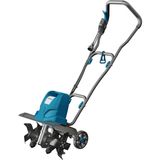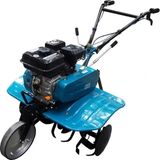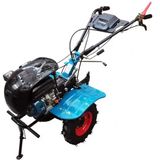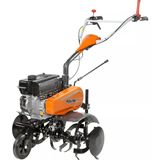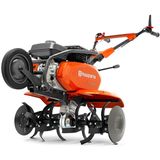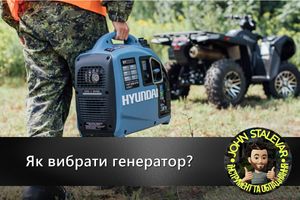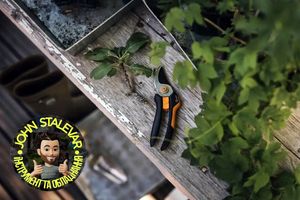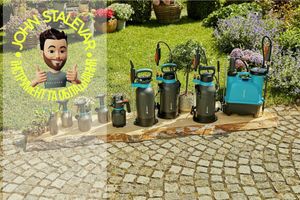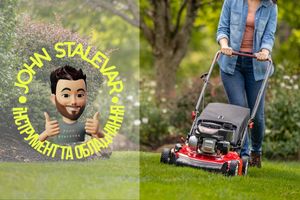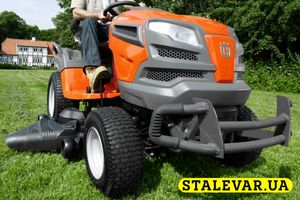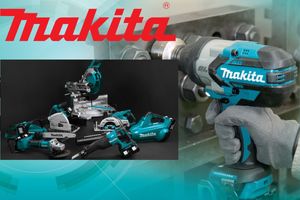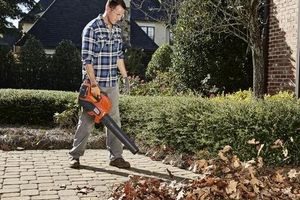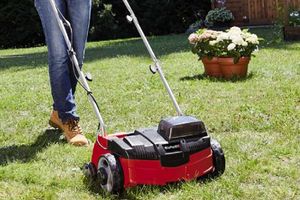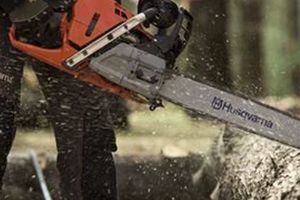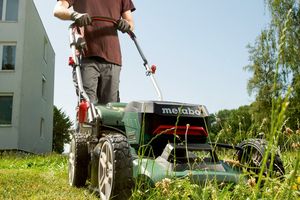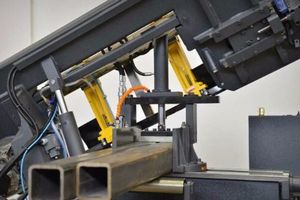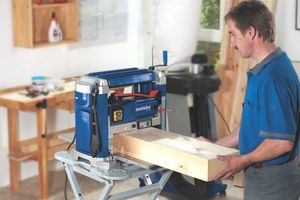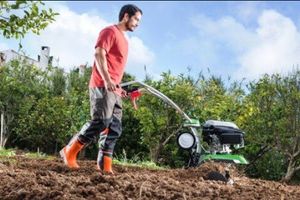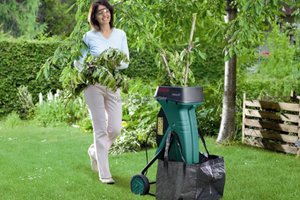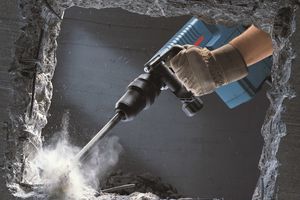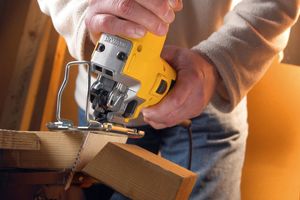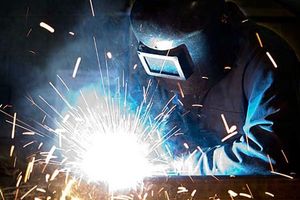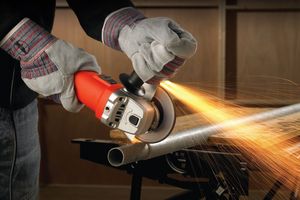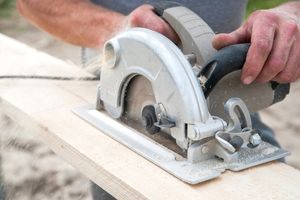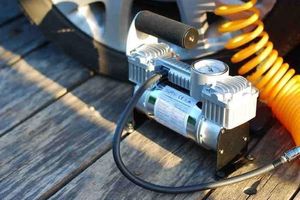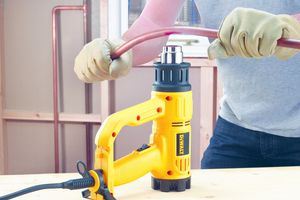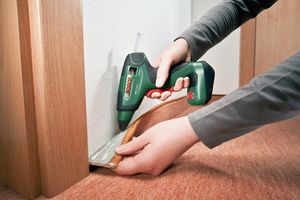
![]() The choice of cultivator depends on several factors, such as the size of your plot, soil type and work tasks. When choosing a cultivator, you should pay attention to its power, processing depth, types of working organs, maneuverability and other characteristics.
The choice of cultivator depends on several factors, such as the size of your plot, soil type and work tasks. When choosing a cultivator, you should pay attention to its power, processing depth, types of working organs, maneuverability and other characteristics.
In addition to the listed factors, we will consider some other important aspects for choosing a cultivator:
|
1. Cultivator type: there are different types of cultivators, such as walk-behind tractors with cultivator attachments, electric and gasoline, diesel cultivators. Choose the one that suits your needs and capabilities. 2. Size and weight: pay attention to the size and weight of the cultivator so that it is convenient to use and store. 3. Quality of materials: check what materials the cultivator is made of. If it has a strong and reliable case, it will allow it to work longer and more wear-resistant.
|
|
4. Purpose: consider what work you will use the cultivator for. For example, some models are suitable for loosening the soil, while others can be used for mulching, weeding, etc. 5. Maneuverability: if you have limited space for tillage, pay attention to the maneuverability of the cultivator. Some models have wheels, which makes it easier to move. 6. Consider the specifics of your site: if your site has hard-to-reach places, slopes or uneven ground, choose a cultivator that copes well with such conditions.
|
|
8. Working width: consider what the working width of the cultivator is. The larger width helps reduce processing time, but be aware that it may be less maneuverable in tight spots. 9. Speed control: if the cultivator has the ability to control the speed of work, this will allow you to adapt it to different working conditions. 10. Power and efficiency of the engine: if you choose a gasoline or diesel cultivator, pay attention to its power and fuel consumption. It is important that it has enough power for your area. 11. Accessories: find out about the availability of additional accessories. 12. Compatibility with additional equipment: if you plan to expand the functionality of the cultivator, find out about its compatibility with additional equipment and accessories. 13. User weight: if you plan to use the cultivator for a long time, make sure that its weight is not too high for you.
|
|
14. Ease of use: before buying, try to take the cultivator in your hands, check the location of the handles, buttons, traction system and so on, to make sure that it is convenient for you to use. 15. Ease of assembly and maintenance: check out how easy the cultivator is to assemble and disassemble, as well as how easy it is to maintain and maintain. 16. Environmental friendliness: if you care about the environment, pay attention to cultivators with low levels of harmful emissions and energy consumption. 17. Overload Protection: some cultivators are equipped with overload protection systems to avoid damage during intensive work.
|
|
18. Spare parts and service: make sure that spare parts for the cultivator are readily available and that service and repair are possible in your area. 19. Life cycle: estimate the life of the cultivator and the possibility of spare parts in the future. Sometimes it's better to invest a little more money in a quality tool with a longer life. 20. Maintain instructions: make sure the cultivator comes with clear instructions for assembly, operation and care. This will help you use it properly and extend its life. 21. Compare features: make a list of the features and functions you need and compare different models to find the best fit. 22. Safety: Remember the importance of safety when working with a cultivator. Make sure that it has the necessary safety measures, such as a protective cover over the working parts.
|
|
23. Cost: compare the prices of different cultivator models and find the best balance between price and quality. 24. Warranty and service: find out about the warranty conditions and the availability of authorized service centers in your region. The warranty will protect your purchase in the event of malfunctions. 25. Expert recommendations: If you have the opportunity, consult experts or experienced gardeners for recommendations and advice on choosing the best cultivator for your particular situation. 26. Reviews and recommendations: ind out the opinions and impressions of other users about the cultivator that interested you. Reviews can help to understand the advantages and disadvantages of a particular model. 27. Brand and reputation: consider cultivators from trusted brands that have positive reviews and a good reputation in the market. 28. Pre-sale preparation: purchase a cultivator from a store that provides this option before purchase. That way you can test it on site and make sure it meets your requirements. 29. inancial promotions and discounts: pay attention to the presence of possible discounts, promotions or promotions that can help save money on the purchase of a cultivator.
|
|
Take your time with the choice, study the different models well and pay attention to your needs and budget. This will help you find the most suitable cultivator that will ensure efficient and convenient cultivation of your plot of land. Good luck in your search!
Feel free to share your requirements and questions with a salesperson or specialist for further guidance and advice. |
|
|
![]() So, go to the catalog and choose. Happy shopping!
So, go to the catalog and choose. Happy shopping!












































































































































































































































































































































































































































